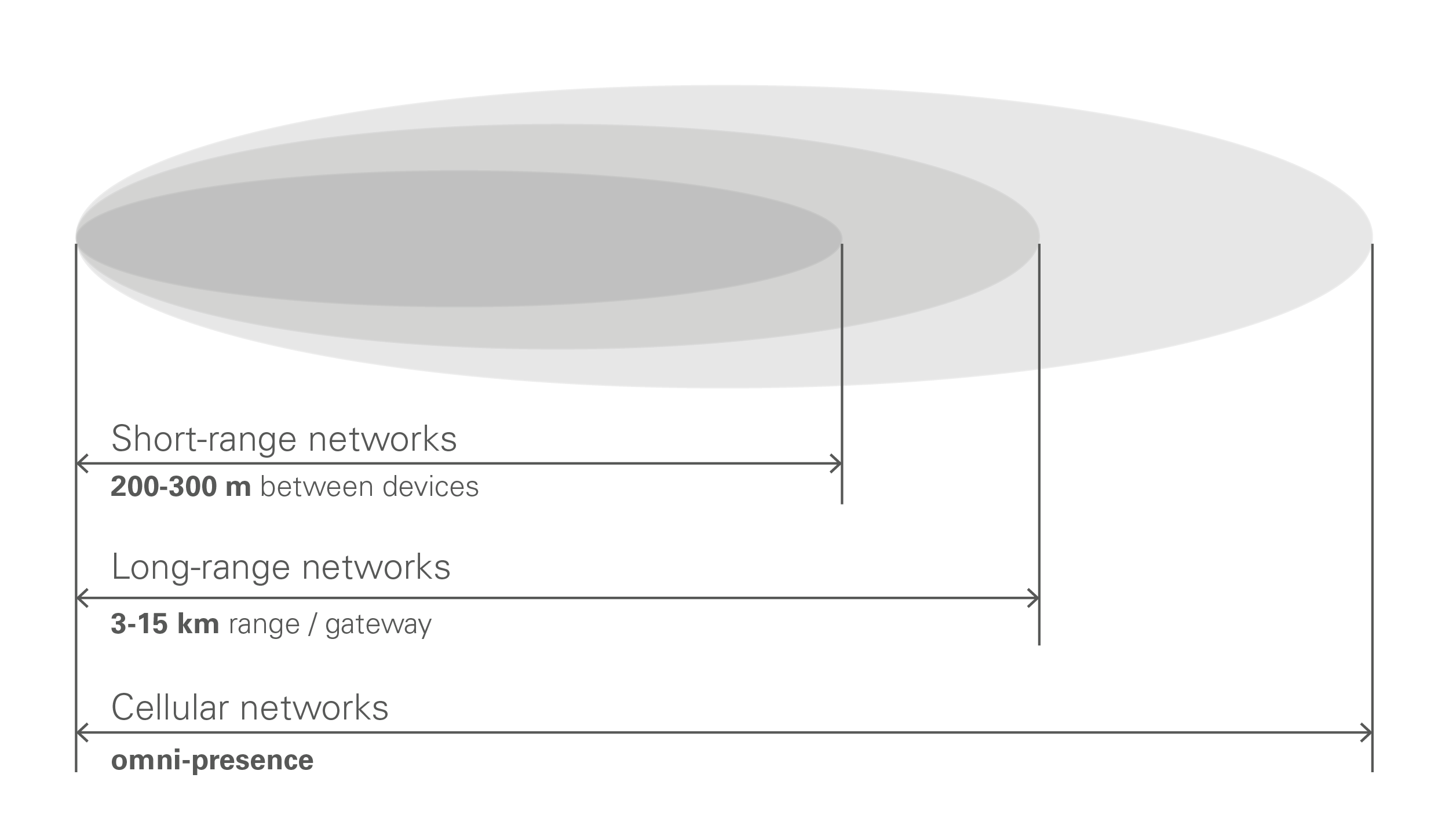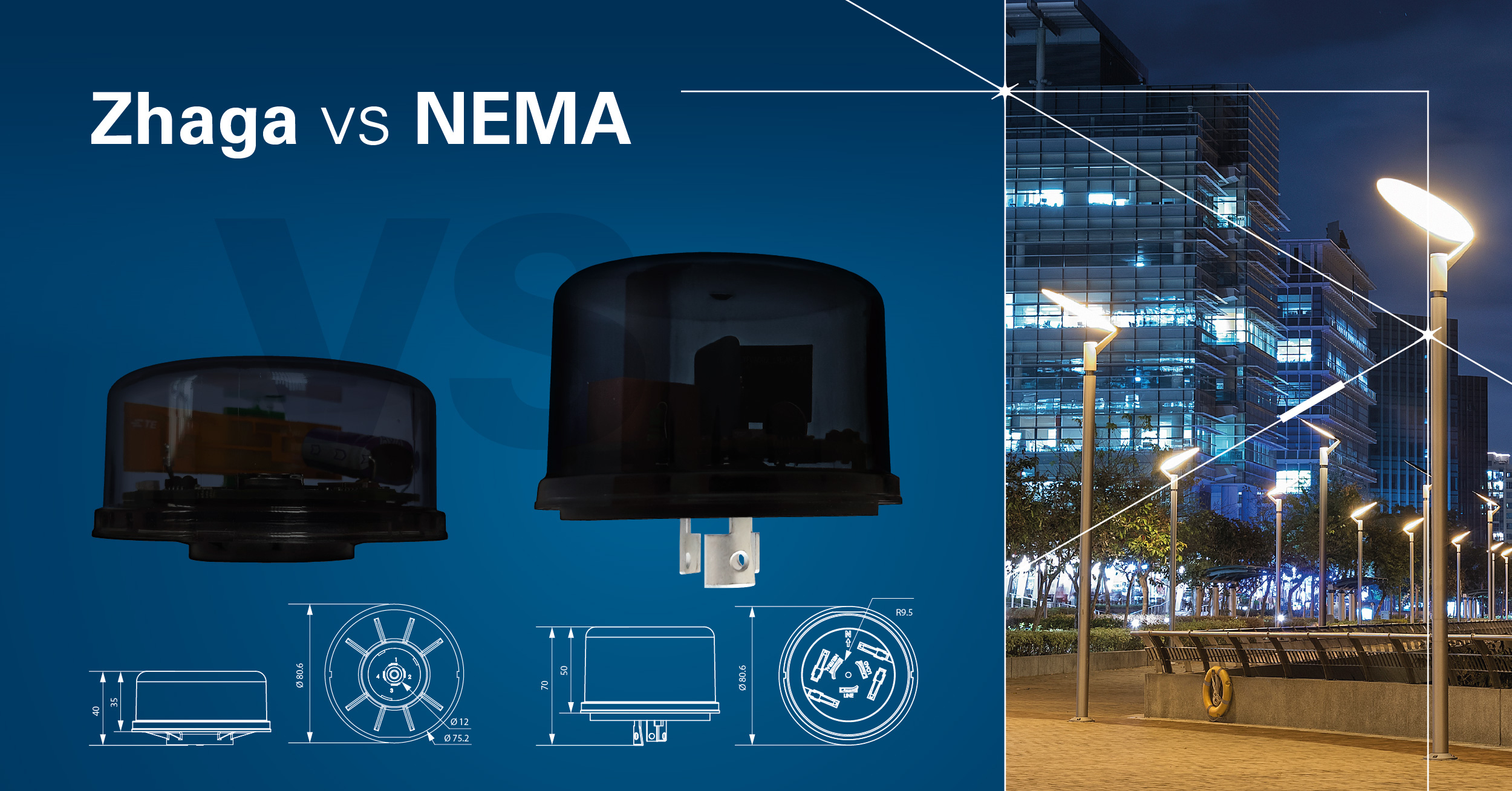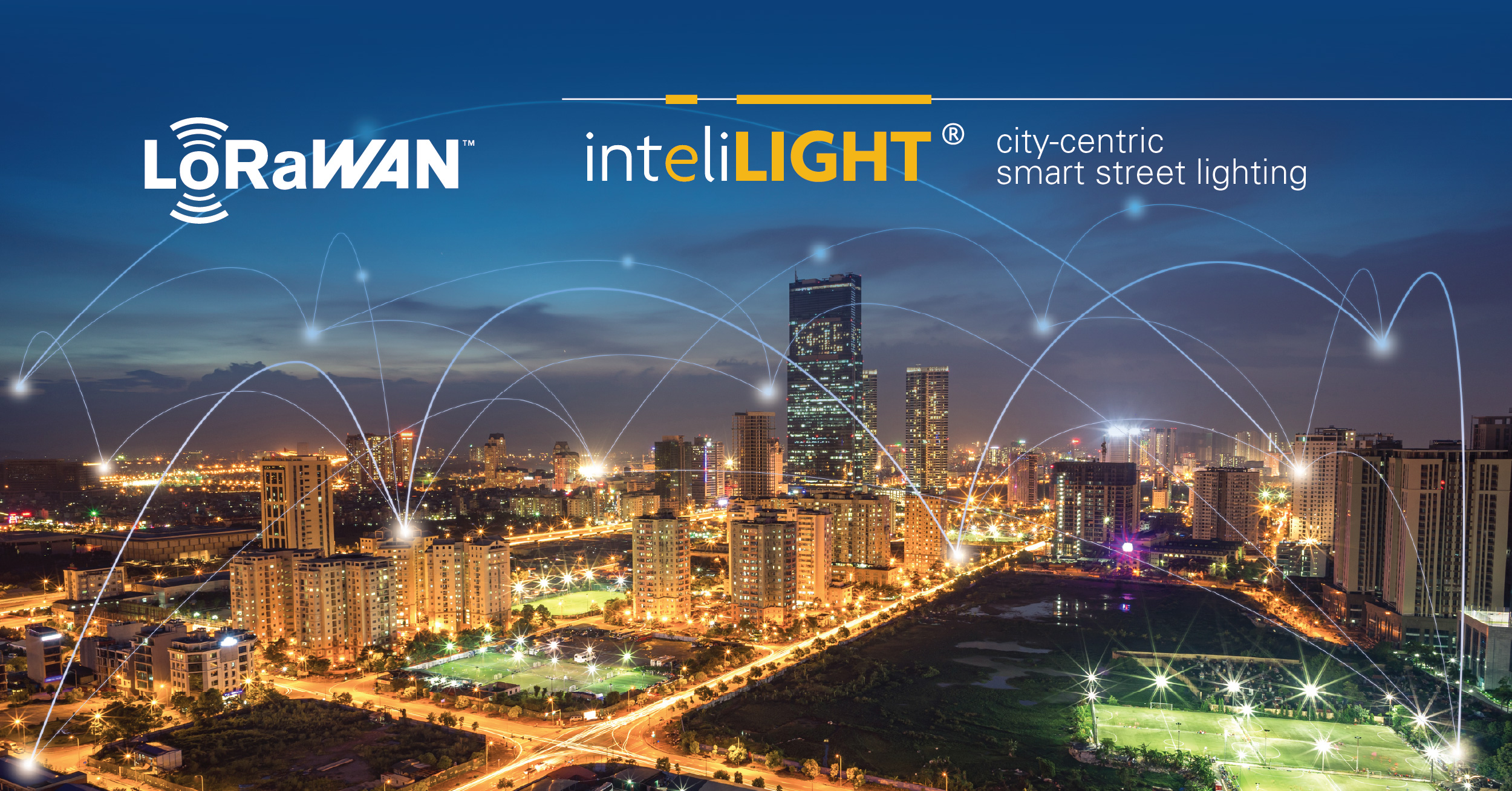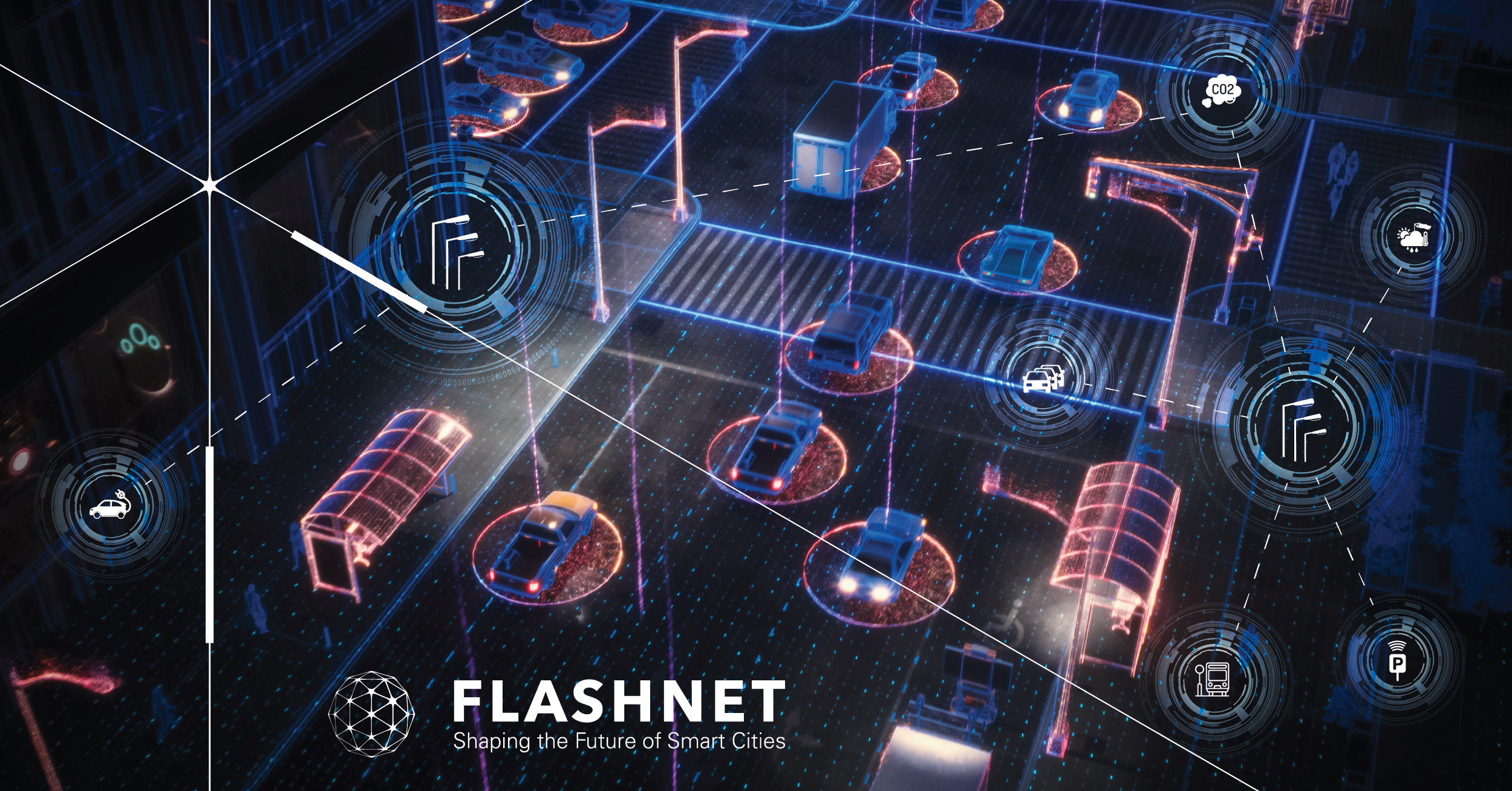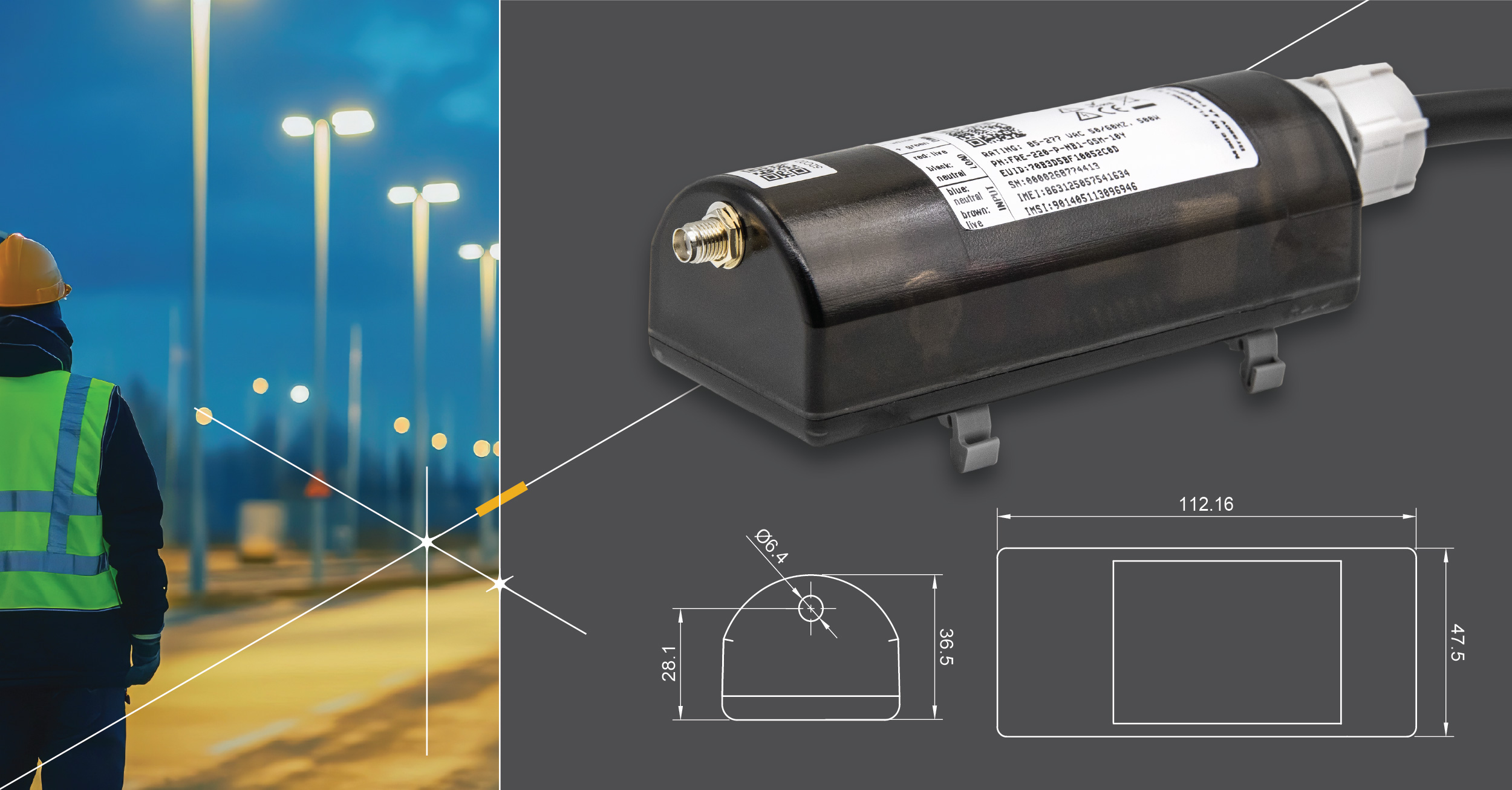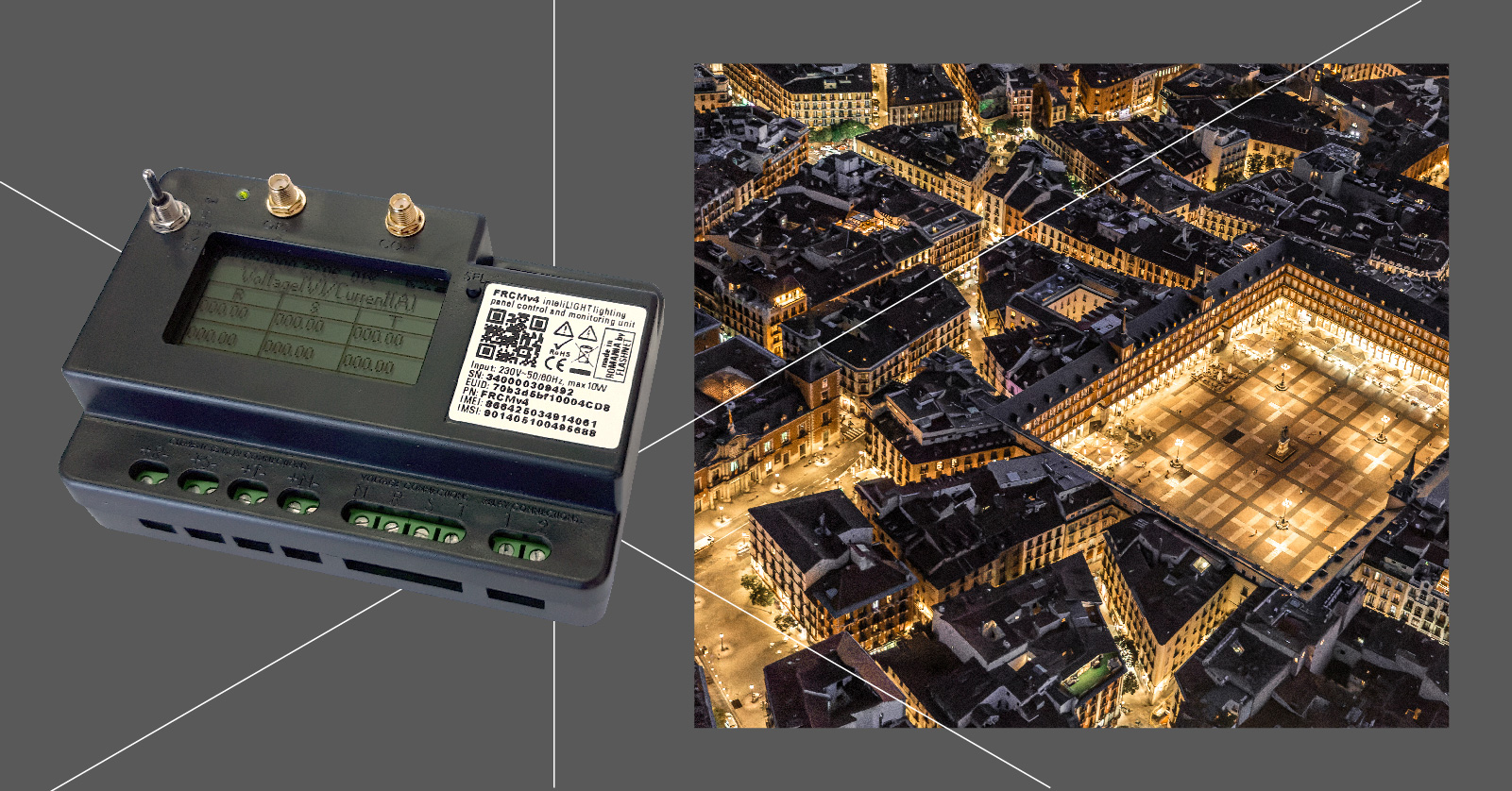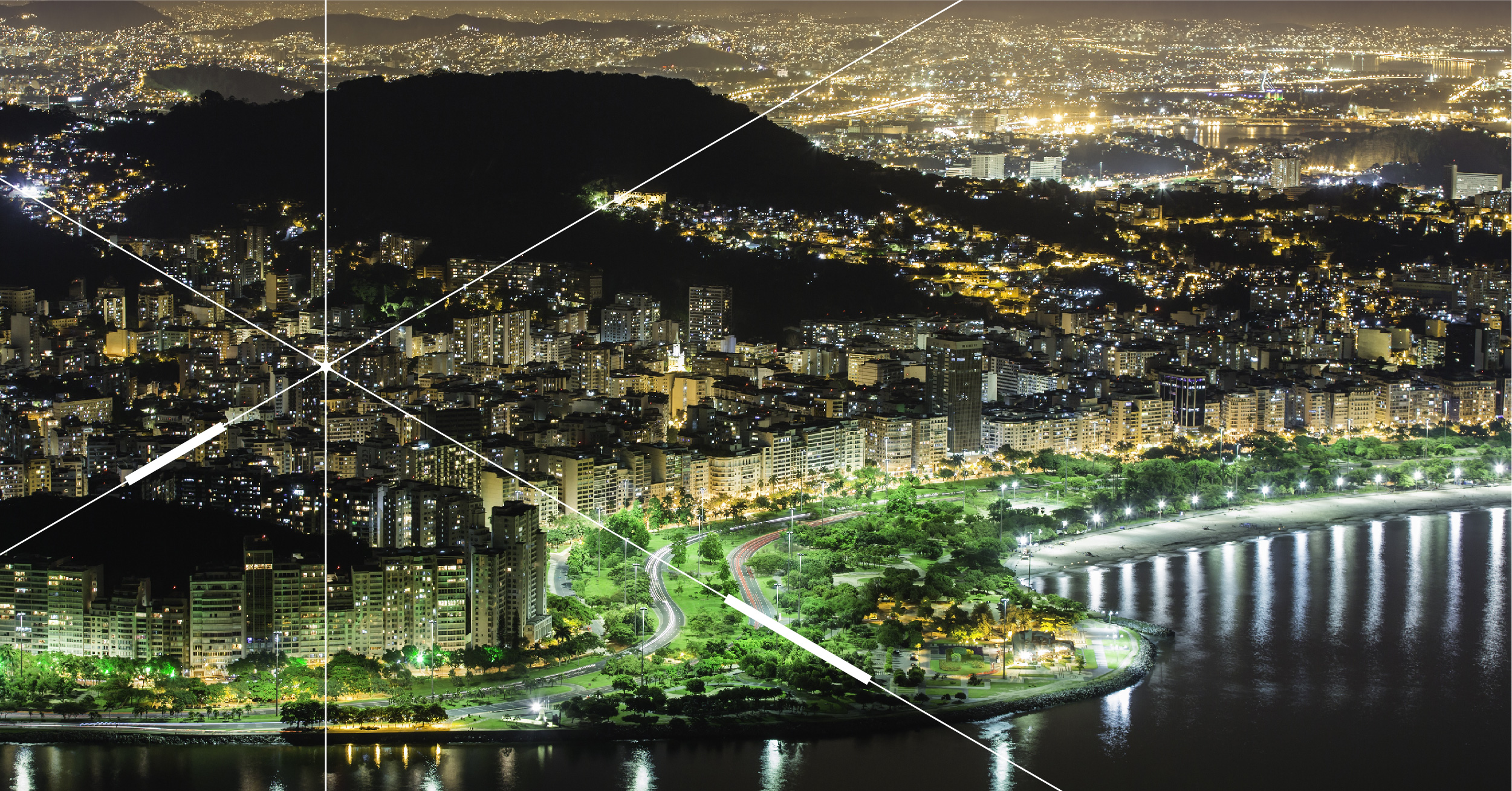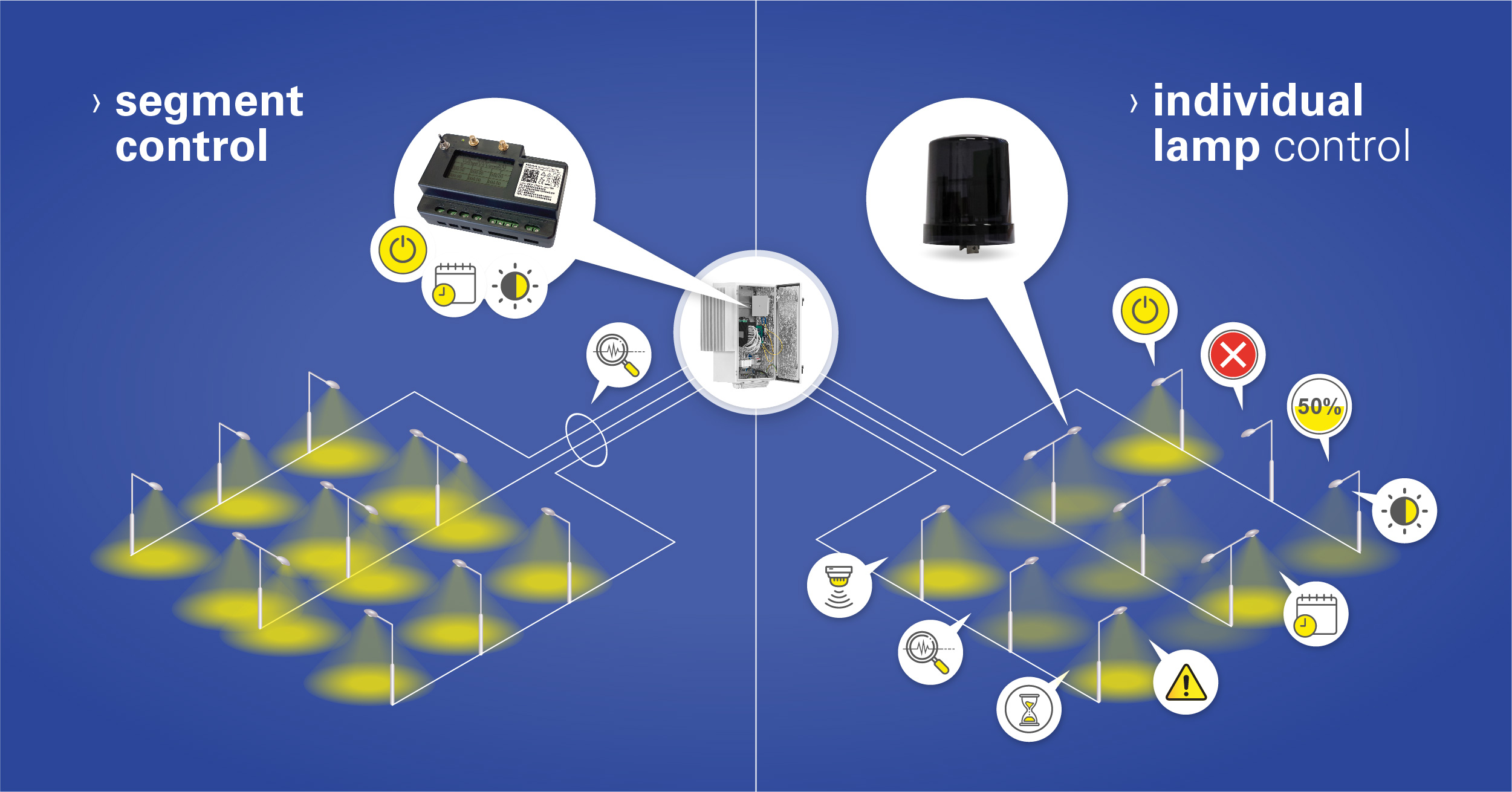Which communication technologies to choose for your Smart Street Lighting project?

Smart Cities are already here and everyone feels the vibe. But the increasing IoT ambitions have generated a surge in communication technologies, and things have quickly become confusing. There are tens of communication standards, open or proprietary, that you can choose from. And with everyone claiming they are the best, what are your options?
This article will help answer the following questions:
Why should you know more about communication technologies?
Your city is about to begin the process of modernizing the public lighting service. The most practical first step is switching to LED lamps and for good reason. They are more efficient and last longer, considerably reduce energy consumption and operation costs, bringing benefits for the community and municipality, while being environmentally friendly.
If you’re thinking about LED lighting, it might be the right time to also consider a smart lighting control system to help you take full advantage of smart public lighting. You’ve heard the news and potential benefits, you’ve seen cities getting smarter, maybe you have already a city management solution in place.
A modern lighting system ensures remote and automated control of street lights, whether for each individual lamp or for a segment. It’s pretty simple in principle: it generally includes a lamp controller, a remote management software (CMS) and a telecommunications technology to enable the transmission of information between hardware and software.
But as soon as you start digging for information, things get complicated. Moreover, a 10 year investment needs to be carefully planned. It’s the future of your own city at stake, right? We have prepared a series of articles to help you better understand the principles of street lighting control, its future and the implications with smart city projects.
What you need to consider, when choosing the communication technology for your smart street lighting project

Choosing a communication technology or a combination of them is one of the first decisions you will have to make when opting for a smart public lighting system. This decision could be vital for your project because it influences the parameters and success of the final result. Therefore, you need to make sure that the communication technology fits the lighting system architecture, the geography of the deployment area, urban density, your future development plans and your overall expectations:
As there are tens of existing communication technologies that connect controllers to the CMS and, even though they all act as binders for the entire street lighting infrastructure, these technologies are pretty diverse from a technical perspective. Plus, most providers only employ a limited number of technologies that are compatible with their solution.
With the right communication technology (or the right combination of communication technologies), the system reaches its maximum potential and the municipality, the inhabitants and the environment can take advantage of all its benefits (energy saving, reduced power and maintenance costs, improved security and overall quality of life, reduced pollution etc.). The know-how you will gain from this article will give you an advantage in the preliminary discussions and in choosing the right provider for your project.
Evaluation criteria for choosing a suitable communication technology
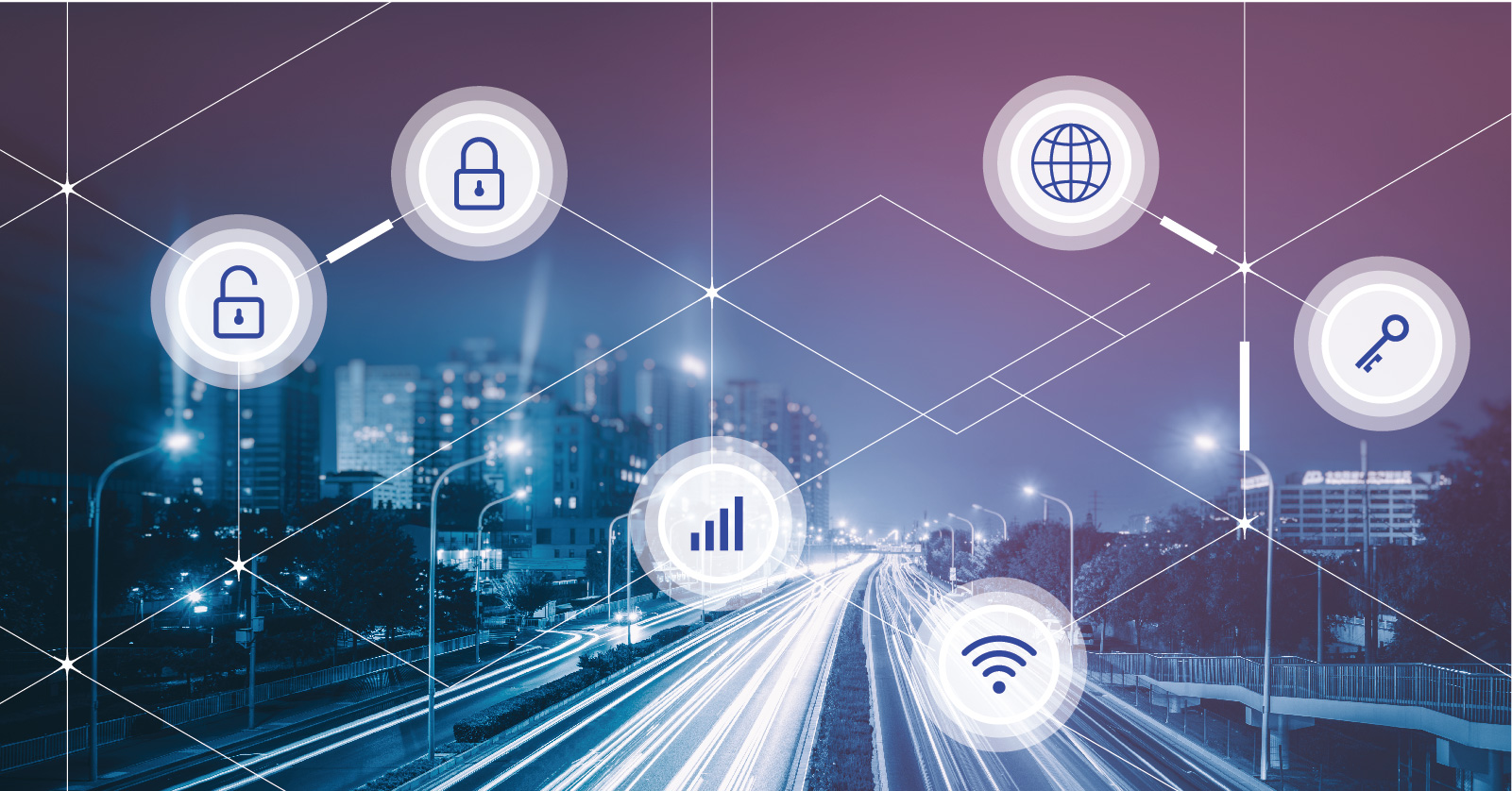
How do street lighting controllers communicate? Although wired communications technologies (like PowerLine Communications / PLC) are sometimes used in street lighting projects, radio is widely preferred. So even if LonWorks has successfully defined a reliable PLC communication standard used for smart lighting projects, the intrinsic characteristics of IoT radio communication technologies have come ahead (low power consumption, mobility, flexibility and diversity).
Depending on the coverage, there are radio communication technologies for smart street lighting suitable for short-range and long-range networks. Another differentiation is made based on whether the radio spectrum is licensed or unlicensed and whether the network is private or public. As far as the network architecture goes, there are two main types: mesh and star topology. All these attributes contribute towards creating communication technologies that, separately or combined, become a suitable solution for specific infrastructure conditions.
Network topology
Licensed or unlicensed radio frequency
Depending on the type of frequency range used by a specific technology, networks can be licensed or unlicensed.
Licensed frequencies are employed by specialised national agencies or directly by mobile network operators that pay for the licensed frequency spectrum and manage and maintain the network. Cellular networks use licensed (reserved) frequencies, where the communication technology is standardized and proven, with very low risk of interference. They are usually public networks, with carrier-grade reliability and security, which means less hustle for the user, but usually comes with an added monthly or yearly access cost.
On the other hand, unlicensed communication frequencies are free to be used by anyone. There is no need to obtain special agreements to create or access the networks. If an unlicensed frequency is approved in the country of use and the network is compliant with the existing standards, anyone can use this frequency to create their private network in any given location.
Most RF mesh and LPWAN networks use unlicensed frequencies. For example, LoRaWAN uses 868MHz in Europe or 915 MHz in North America. The use of unlicensed radio frequencies gives more freedom of choice to the system operator, creating the possibility to own private networks, yet it also means more hustle for the user as the network must be installed and maintained.
Furthermore, as anyone can access the frequency, it is not unusual (especially in high density urban areas) to experience crowded frequencies. Too many people or applications using the same frequencies can result in radio interference. Such interferences usually cannot compromise the payload integrity, but they can delay or even block the payload delivery, which can translate into delayed smart lighting system reactions and functionality.
Open standard or proprietary communication
Is open communication and availability for integration essential to a new street lighting control project? As smart lighting concepts were introduced, among the first companies to develop such solutions were the lamp manufacturers. Most of them proposed proprietary communications as a means to protect their research efforts, intellectual property and market position.
However, smart lighting by itself brings only limited benefits to a municipality. Smart lighting investments were soon continued by an IoT and smart city revolution, as each smart application fuels new smart city concepts and expectations. Dozens of IoT communication technologies emerged over a few years. And the entire sector became so dynamic and complex that no one company could keep the pace by itself.
Furthermore, it is a very uncomfortable position for any city manager to engage a 10 year investment in a public utility control system that uses proprietary communications, especially in such a dynamic context. What happens when you need to evolve your system? But when you wish to synergistically integrate more services, like adaptive lighting, weather sensor information or CCTV? What if your communication system or the company itself do not stand the test of time and become obsolete in a few years?
In this context, smart city ecosystems were created and provided a sustainable platform the IoT revolution. Groups of companies with a shared vision have created technical interoperability standards to encourage open communication and interaction between systems, bringing freedom for research and development, as well as for city managers and communities. Today, in a matter of years, even if proprietary communication technologies still exist, most manufacturers have developed interoperability standards (whether at hardware or software level) to adapt.
Private or public network
Depending on whether an operator handles the communication network or not, communication technology can be public (operated by a telecom company and commercially available for a fee to anyone interested) or private (operated by the street lighting provider or another business, only for their own private use and not commercially available to others).
Public networks are installed and maintained by telecom operators (usually over licenced frequencies, but there are examples of public networks over open frequencies – like Sigfox). Cellular technologies like 3G or 4G are the most used and visible example of a public network: handled by an operator who is in charge of network maintenance and making sure that the network is secured and functional at all times (carrier grade security and functionality). This takes quite some responsibility off the user. Also, it rarely requires installation fees. However, the user usually needs to pay for a monthly or yearly subscription to the network operator.
Private networks, on the other hand, are operated directly by the municipality or the street lighting provider. This means, for example, that street lighting data is restricted, allowing for closed systems, unconnected to the Internet. Private networks require a plethora of skills and responsibilities: network planning, installation, maintenance and security – that must be performed by the lighting provider. These networks usually use unlicensed frequencies, which expose them to the risk of crowded frequencies and interference issues. Furthermore, while installation costs are higher and users have to ensure the network maintenance themselves, they eliminate the cost of having to pay for a subscription.
Network range
Communication networks can cover various ranges, depending on the distance at which nodes can communicate with other nodes and gateways. A network can usually connect a limited number of devices to a gateway and has a maximum distance where they can still communicate. These are important criteria to evaluate when choosing a communication technology for your street lighting project as it could impact the functionality of the entire system.
The theoretical limits can be extraordinary for the latest communication technologies. These have been optimised for propagation and better immunity to interference, so that some can cover tens if not hundreds of kilometers, while a single gateway (depending on the technology) can handle up to 15000 devices from different applications. Of course, in practice, redundant planning is recommended, so this analysis will talk about the average limits that can be taken into account for deployments.
Communication technologies at a glance
| Short Range MESH | Long Range RF | IoT Cellular | Classic Cellular |
|---|---|---|---|
|
|
|
|
Advantages |
|||
|
|
|
|
Drawbacks: |
|||
|
|
|
|
Essential network attributes for lighting systems

Most used smart street lighting communication technologies



 In a star topology, the devices are organised around the central controller known as a gateway or hub. With node-to-hub connection, star topology works efficiently, for example, in linear networks. Because endpoints operate independently of each other, if a device fails or a cable is disconnected, the rest of the network remains unaffected.
In a star topology, the devices are organised around the central controller known as a gateway or hub. With node-to-hub connection, star topology works efficiently, for example, in linear networks. Because endpoints operate independently of each other, if a device fails or a cable is disconnected, the rest of the network remains unaffected. A mesh network works by sending data along the fastest route from one device (node) to another as all devices are either directly or indirectly connected. A node serves as both an endpoint that captures and transmits its own data, as well as a repeater that relays data from other nodes.
A mesh network works by sending data along the fastest route from one device (node) to another as all devices are either directly or indirectly connected. A node serves as both an endpoint that captures and transmits its own data, as well as a repeater that relays data from other nodes.